What causes ringworms on the face. Ringworm on Face: Causes, Symptoms, and Effective Treatments
What are the primary causes of ringworm on the face. How can you identify ringworm symptoms on facial skin. What are the most effective treatments for facial ringworm infections. How to prevent the spread of ringworm on your face.
Understanding Ringworm: A Common Fungal Skin Infection
Ringworm, despite its misleading name, is not caused by a worm but by a group of fungi known as dermatophytes. These microscopic organisms thrive on the dead tissues of skin, hair, and nails, causing a characteristic ring-shaped rash on various parts of the body, including the face.
The medical term for ringworm is “tinea,” followed by the Latin name for the affected body part. For instance, ringworm on the face is called “tinea faciei.”
Why is it called ringworm?
The name “ringworm” comes from the circular or ring-like appearance of the rash it causes. Early physicians mistakenly believed that the circular lesion was caused by a worm burrowing under the skin in a circular pattern.

Recognizing Ringworm Symptoms on the Face
Identifying ringworm on the face is crucial for prompt treatment. The symptoms can vary slightly depending on the individual and the specific area affected, but there are several common signs to watch for:
- Circular, red, scaly patches on light skin
- Brown or gray patches on darker skin tones
- Raised, bumpy edges around the affected area
- Itching or burning sensation
- Clear or scaly center of the patch
- Possible spread to form multiple rings
Is facial hair affected by ringworm? In some cases, ringworm can affect facial hair, causing small, itchy bumps around hair follicles and potential hair loss in the affected area.
Common Causes of Ringworm on the Face
Understanding the causes of facial ringworm can help in prevention and treatment. The fungal infection is highly contagious and can spread through various means:
- Direct skin-to-skin contact with an infected person or animal
- Touching contaminated surfaces or objects
- Using infected personal care items like combs, brushes, or towels
- Contact with contaminated soil (though less common for facial infections)
Can pets transmit ringworm to human faces? Yes, animals, particularly cats, dogs, and farm animals, can carry the ringworm fungus and transmit it to humans through direct contact.

Diagnosing Ringworm on the Face
Proper diagnosis is essential for effective treatment of facial ringworm. While the characteristic ring-shaped rash is often a clear indicator, other skin conditions can present similar symptoms. A healthcare professional can provide a definitive diagnosis through the following methods:
- Visual examination of the affected area
- Skin scraping and microscopic analysis
- Wood’s lamp examination (in some cases)
- Fungal culture (for difficult-to-diagnose cases)
Do all ringworm infections on the face form perfect circles? Not always. While the classic presentation is a circular rash, ringworm can sometimes appear as irregular patches or clusters of small, red bumps.
Effective Treatments for Facial Ringworm
Treating ringworm on the face requires a targeted approach to eliminate the fungal infection and prevent its spread. The choice of treatment depends on the severity and extent of the infection:
Over-the-Counter (OTC) Antifungal Medications
For mild cases of facial ringworm, OTC antifungal creams, lotions, or powders can be effective. Common active ingredients include:

- Clotrimazole (Lotrimin, Mycelex)
- Miconazole
- Terbinafine (Lamisil)
These topical treatments are typically applied to the affected area twice daily for 2-4 weeks, or as directed by the product instructions.
Prescription Medications
For more severe or persistent cases of facial ringworm, a healthcare provider may prescribe stronger antifungal medications:
- Prescription-strength topical antifungals
- Oral antifungal medications (e.g., fluconazole, itraconazole, terbinafine)
How long does it take for facial ringworm to clear up with treatment? With proper treatment, most cases of facial ringworm begin to improve within 1-2 weeks. However, it’s important to complete the full course of treatment as prescribed to prevent recurrence.
Preventing the Spread of Ringworm on Your Face
Preventing ringworm on the face involves a combination of good hygiene practices and awareness of potential sources of infection. Here are some effective preventive measures:
- Maintain proper personal hygiene, including regular face washing
- Avoid sharing personal items like towels, washcloths, or makeup
- Keep your skin clean and dry, especially in hot or humid conditions
- Wear protective gear when in contact with potentially infected animals
- Practice good hand hygiene, especially after handling pets
- Regularly clean and disinfect shared surfaces and items
Can facial moisturizers help prevent ringworm? While moisturizers don’t directly prevent ringworm, keeping your skin healthy and well-hydrated can help maintain its natural barrier against infections.

Ringworm in Special Populations: Children and Immunocompromised Individuals
Certain groups may be more susceptible to facial ringworm or experience more severe symptoms. Understanding these special considerations is crucial for effective management and prevention:
Ringworm in Children
Children are particularly prone to ringworm infections due to their frequent close contact with others and potential exposure in schools or daycare settings. When dealing with facial ringworm in children:
- Use age-appropriate antifungal treatments as recommended by a pediatrician
- Educate children about the importance of not sharing personal items
- Encourage good hygiene habits, including proper hand washing
- Monitor for potential spread to other family members or classmates
Ringworm in Immunocompromised Individuals
People with weakened immune systems, such as those with HIV/AIDS or undergoing chemotherapy, may experience more severe or persistent ringworm infections. For these individuals:
- Prompt medical attention is crucial at the first sign of infection
- More aggressive treatment approaches may be necessary
- Close monitoring for potential complications or spread is important
- Preventive measures should be emphasized to avoid initial infection
Are there any natural remedies for facial ringworm in sensitive populations? While some natural remedies like tea tree oil have antifungal properties, it’s crucial to consult a healthcare provider before using any alternative treatments, especially in children or those with compromised immune systems.
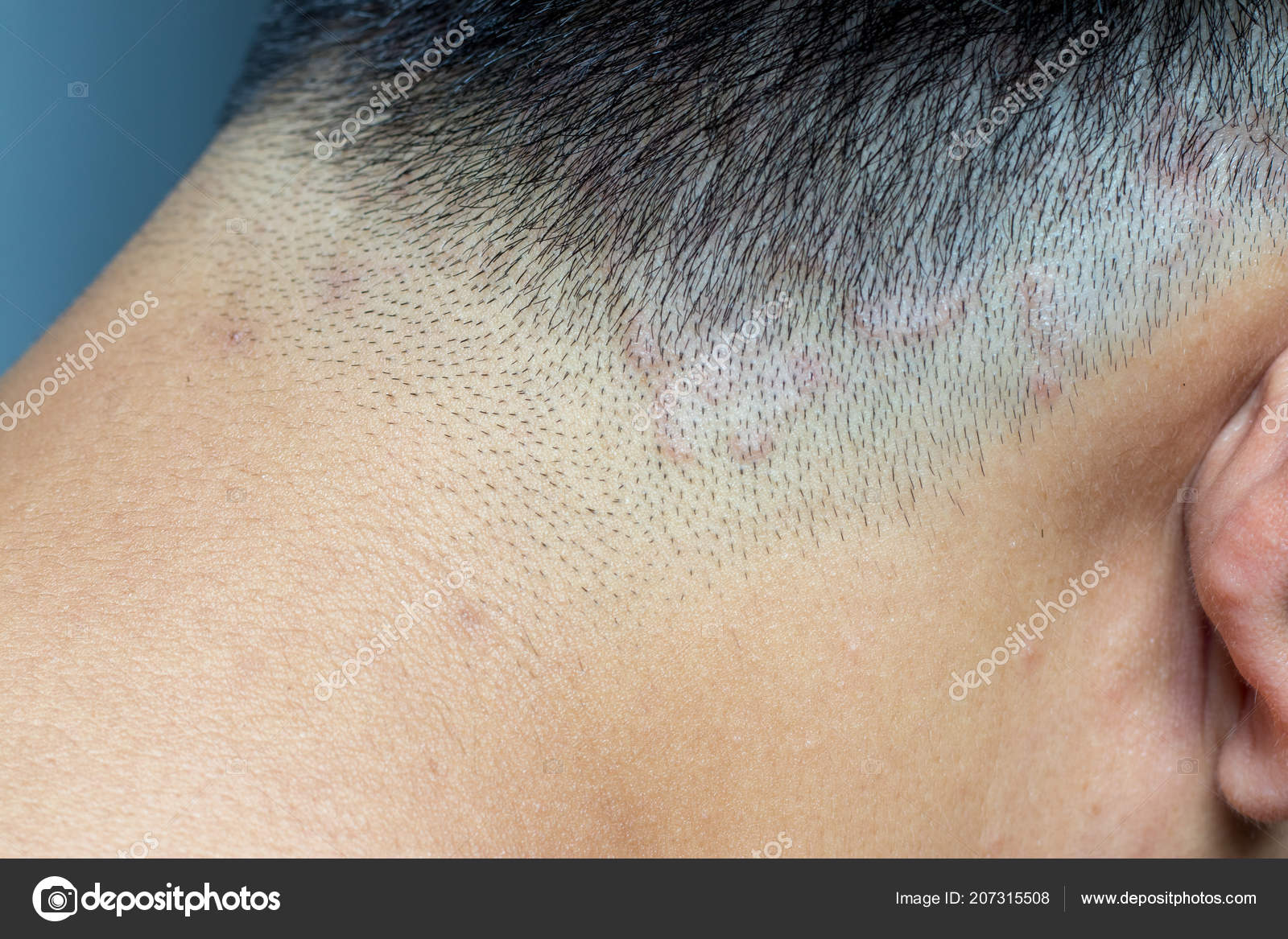
Living with Facial Ringworm: Coping Strategies and Lifestyle Adjustments
Dealing with a ringworm infection on your face can be challenging, both physically and emotionally. Here are some strategies to help manage the condition and minimize its impact on your daily life:
Managing Symptoms
- Use cool compresses to alleviate itching and discomfort
- Keep the affected area clean and dry
- Avoid scratching to prevent further irritation and potential spread
- Use hypoallergenic, fragrance-free skincare products to minimize irritation
Emotional and Social Considerations
The visible nature of facial ringworm can sometimes lead to self-consciousness or social anxiety. To cope with these challenges:
- Educate yourself and others about the non-contagious nature of treated ringworm
- Consider using non-comedogenic makeup to cover the affected area if desired
- Seek support from friends, family, or support groups if feeling distressed
- Focus on the temporary nature of the condition with proper treatment
How can you explain facial ringworm to others without feeling embarrassed? Be honest and straightforward, emphasizing that it’s a common, treatable skin condition caused by a fungus, not poor hygiene.
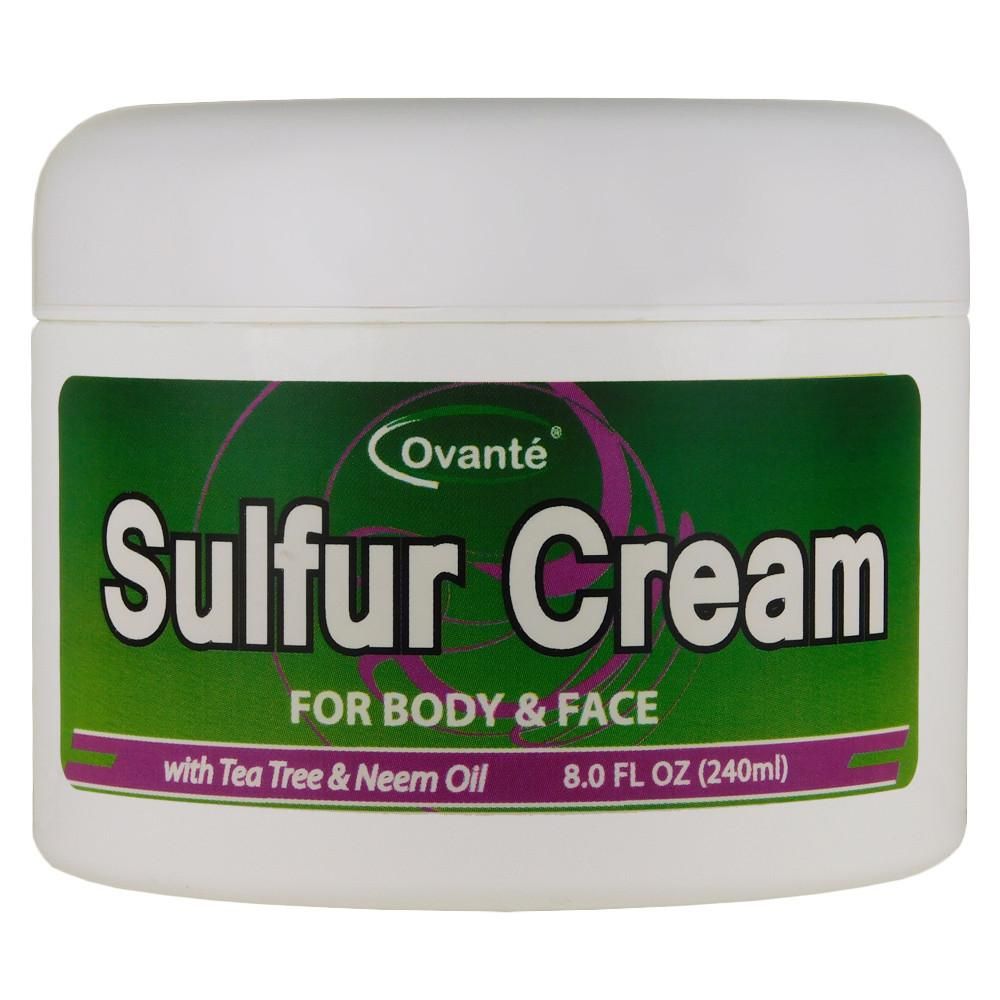
When to Seek Professional Help for Facial Ringworm
While many cases of facial ringworm can be effectively treated with over-the-counter medications, there are situations where professional medical attention is necessary. Be aware of the following signs that indicate a need for healthcare intervention:
- Symptoms persist or worsen after two weeks of self-treatment
- The rash spreads to a large area of the face or other parts of the body
- You develop signs of a secondary bacterial infection (increased redness, swelling, warmth, or pus)
- You have a weakened immune system due to underlying health conditions or medications
- The infection affects your eyebrows or eyelashes
- You experience severe itching or pain that interferes with daily activities
- You’re unsure if the rash is ringworm or another skin condition
Can facial ringworm lead to scarring if left untreated? While ringworm itself rarely causes permanent scarring, scratching the affected area or developing a secondary bacterial infection can potentially lead to scarring if not properly managed.
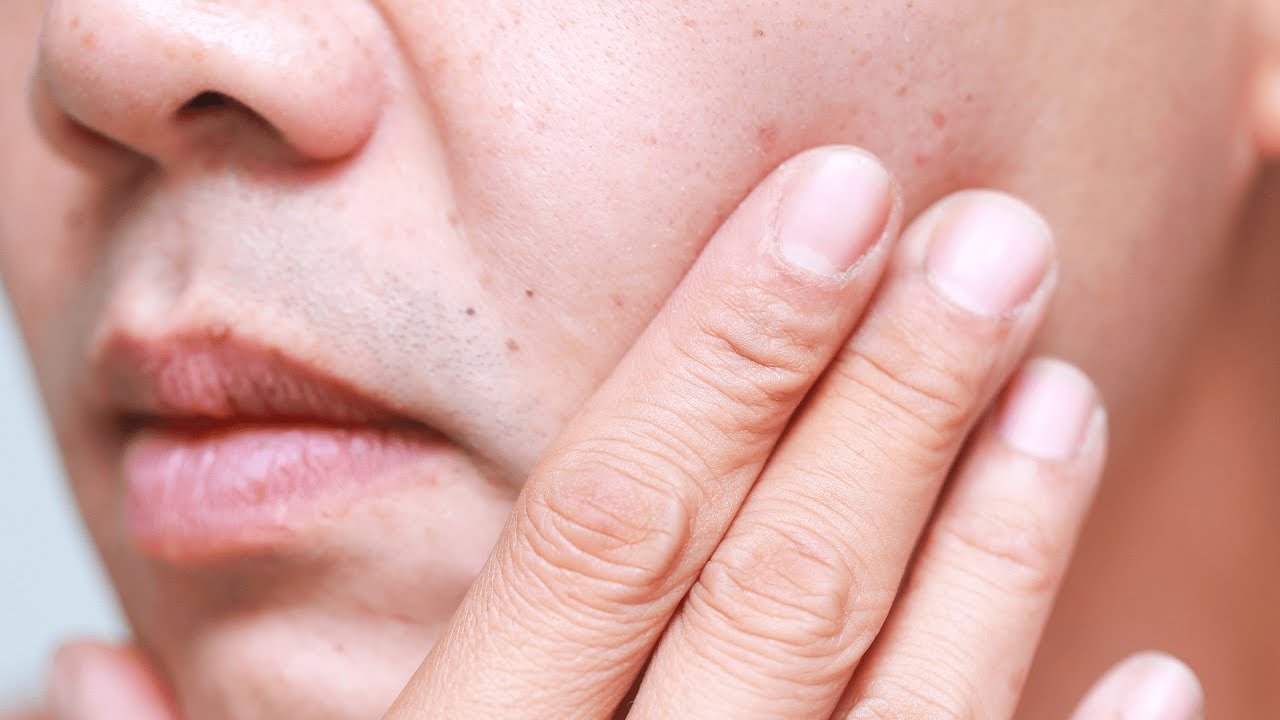
Debunking Myths and Misconceptions About Facial Ringworm
There are several common myths and misconceptions surrounding ringworm infections, particularly when they occur on the face. Let’s address some of these to provide clarity and promote better understanding of the condition:
Myth: Ringworm is caused by worms
Fact: As mentioned earlier, ringworm is caused by fungi, not worms. The name is simply a reference to the ring-like appearance of the rash.
Myth: Ringworm only affects dirty or unhygienic people
Fact: Anyone can contract ringworm, regardless of their hygiene habits. While good hygiene helps prevent infection, even very clean individuals can get ringworm through contact with infected persons, animals, or objects.
Myth: Facial ringworm is always highly contagious
Fact: While untreated ringworm is contagious, proper treatment with antifungal medications significantly reduces the risk of transmission. Once treatment has begun, the infection becomes much less contagious.
Myth: You can’t get ringworm more than once
Fact: Unfortunately, having ringworm once doesn’t make you immune to future infections. You can get ringworm multiple times if exposed to the fungus again.
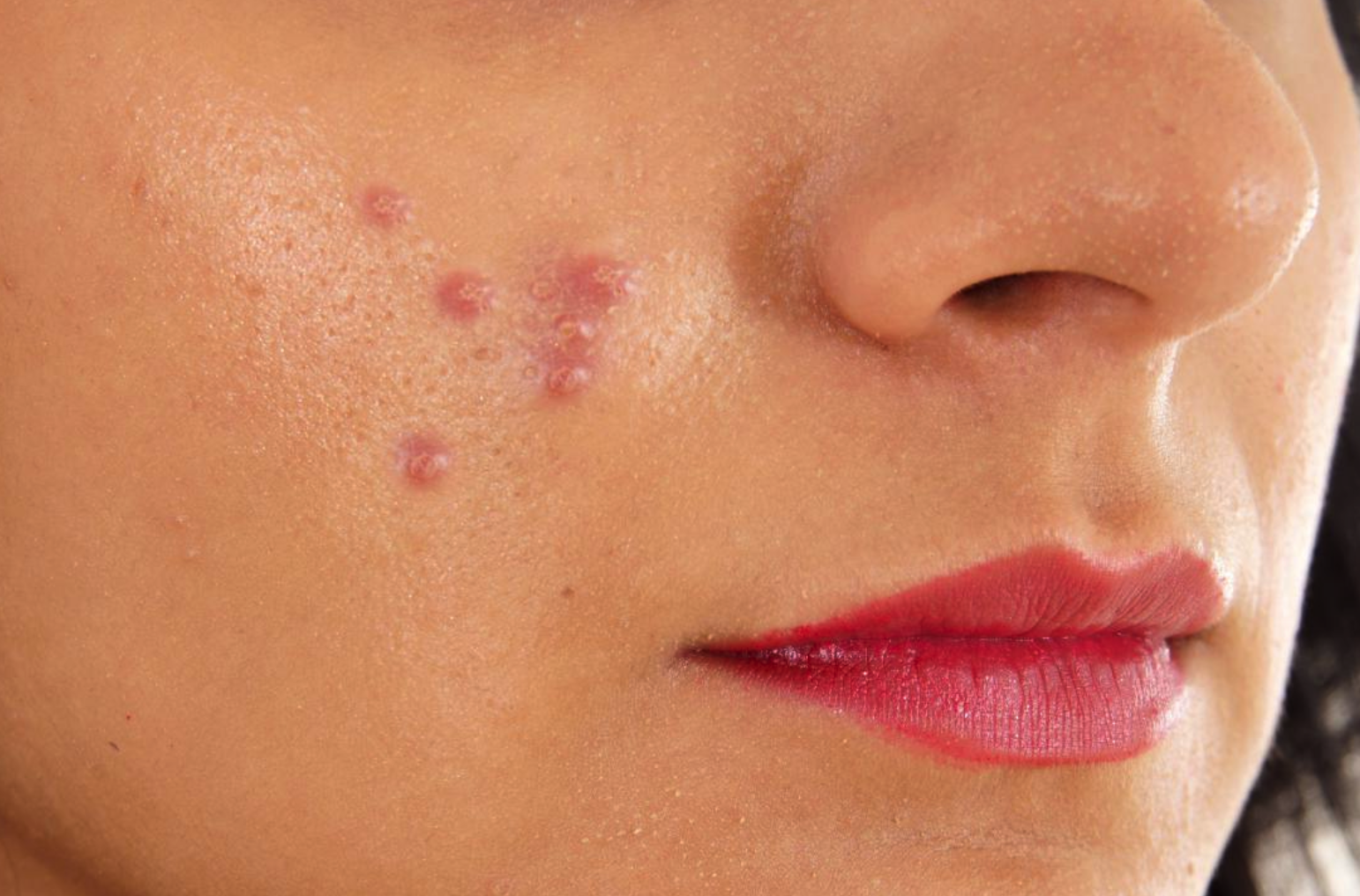
Myth: All circular rashes on the face are ringworm
Fact: While ringworm often presents as a circular rash, other skin conditions like eczema, psoriasis, or bacterial infections can also cause circular lesions. Professional diagnosis is important for proper treatment.
Does swimming pool chlorine kill ringworm fungi on the face? While chlorine has some antifungal properties, it’s not a reliable treatment for ringworm. Proper antifungal medications are necessary for effective treatment.
The Future of Facial Ringworm Treatment: Emerging Research and Innovations
As medical science continues to advance, new approaches to treating and preventing ringworm infections are being explored. Here’s a look at some promising areas of research and innovation in the field of dermatophyte infections:
Novel Antifungal Agents
Researchers are working on developing new antifungal compounds that may be more effective or have fewer side effects than current treatments. Some areas of focus include:
- Natural compounds with antifungal properties
- Synthetic molecules targeting specific fungal processes
- Nanotechnology-based delivery systems for improved efficacy
Immunotherapy Approaches
Scientists are exploring ways to enhance the body’s immune response to fungal infections, potentially leading to more effective treatments or preventive strategies.
/ringworm-overview-2632044_FINAL-e1669cad90b347b981a4c1ae42865fcc.png)
Improved Diagnostic Tools
Advancements in molecular biology and imaging technologies may lead to faster, more accurate diagnostic methods for identifying ringworm infections.
Probiotics and Microbiome Research
Studies are investigating the role of the skin’s microbiome in preventing fungal infections, with potential implications for probiotic-based treatments or preventive measures.
Will there ever be a vaccine for ringworm? While there are currently no vaccines available for ringworm, ongoing research in fungal immunology may pave the way for potential vaccine development in the future.
In conclusion, facial ringworm is a common but manageable fungal infection. By understanding its causes, recognizing symptoms, and following proper treatment and prevention strategies, individuals can effectively manage and minimize the impact of this condition on their lives. As research continues to advance, we can look forward to potentially more effective and innovative approaches to treating and preventing ringworm infections in the future.
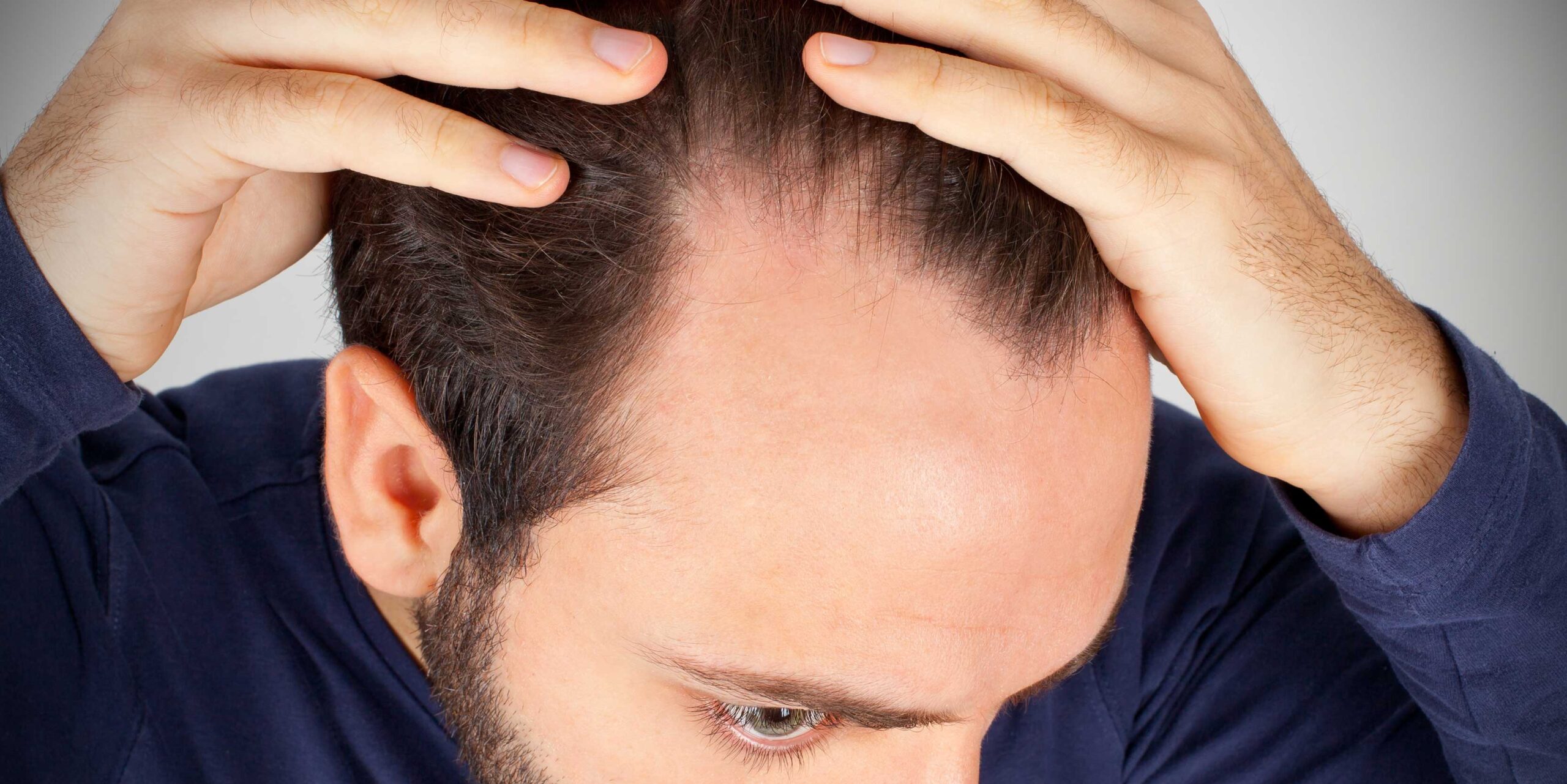
Ringworm: Symptoms, Causes, Treatments
Written by WebMD Editorial Contributors
- What Is Ringworm?
- What Are the Symptoms Of Ringworm?
- How Do You Get Ringworm?
- How Do I Know If I Have Ringworm?
- What’s the Treatment For Ringworm?
- How Can I Prevent Ringworm?
- More
Ringworm isn’t a worm. It’s a skin infection that’s caused by moldlike fungi that live on the dead tissues of your skin, hair, and nails. You can get it in any of these places — and on your scalp.
When you get it between your toes, it’s what people call athlete’s foot. If it spreads to your groin, it’s known as jock itch.
The telltale sign is a red, scaly patch on light skin or brown or gray patches on skin of color. You may also get bumps that itch. Over time, the bump turns into a ring- or circle-shaped patch. It may turn into several rings. The inside of the patch is usually clear or scaly. The outside might be slightly raised and bumpy.
Ringworm on your scalp tends to start out as a bump or small sore. It may turn flaky and scaly, and your scalp may feel tender and sore to the touch. You may notice that your hair starts to fall out in patches.
Ringworm will often look red on light skin, but brown or gray on skin of color. Most ringworm of the skin can be treated at home with creams you can buy without a prescription. Photo credit: iStock/Getty Images
Ringworm is highly contagious. You can catch it in any of the following ways:
- From another person. Ringworm often spreads by skin-to-skin contact.
- From your pets. Rubbing or grooming Sparky? Wash your hands when you’re finished. It’s also very common in cows.
- By touching objects. The fungus that causes ringworm can linger on surfaces, clothes, towels, and in combs and brushes.
- From soil. If you’re working or standing barefoot in soil that’s infected with the fungus that causes ringworm, you can get it, too.

You’ll have to see your doctor to be sure if the infection is ringworm. There are a number of other skin conditions that look like it.
Your doctor will probably scrape some skin from the itchy, scaly areas and look at them under a microscope.
How the infection is treated depends on where it is and how bad it is. In many cases, your doctor may recommend an over-the-counter (OTC) medicine you can get at the drugstore. If the ringworm is on your skin, an OTC antifungal cream, lotion, or powder may work just fine. Some of the most popular ones are clotrimazole (Lotrimin, Mycelex) and miconazole.
In most cases, you’ll have to use the medicines on your skin for 2 to 4 weeks to make sure you kill the fungus that causes ringworm. It also will lower its chance of coming back.
If you have ringworm on your scalp or in many different places on your body, OTC treatments probably won’t be enough. Your doctor will have to write you a prescription.
Keep an eye out for symptoms that get worse or don’t clear up after 2 weeks. If they don’t, call your doctor.
If they don’t, call your doctor.
The fungi that cause it are everywhere. Still, here are some things you can do to lower your chances of getting ringworm or stop it from spreading:
- Keep your skin clean and dry.
- Wear flip-flops in locker rooms and public showers.
- Change your socks and underwear at least once each day.
- Don’t share clothes or towels with someone who has ringworm.
- If you play sports, keep your gear and uniform clean — and don’t share them with other players.
- Wash your hands with soap and water after playing with pets. If your pets have ringworm, see your vet.
Top Picks
Ringworm: Symptoms, Causes, Treatments
Written by WebMD Editorial Contributors
- What Is Ringworm?
- What Are the Symptoms Of Ringworm?
- How Do You Get Ringworm?
- How Do I Know If I Have Ringworm?
- What’s the Treatment For Ringworm?
- How Can I Prevent Ringworm?
- More
Ringworm isn’t a worm. It’s a skin infection that’s caused by moldlike fungi that live on the dead tissues of your skin, hair, and nails. You can get it in any of these places — and on your scalp.
It’s a skin infection that’s caused by moldlike fungi that live on the dead tissues of your skin, hair, and nails. You can get it in any of these places — and on your scalp.
When you get it between your toes, it’s what people call athlete’s foot. If it spreads to your groin, it’s known as jock itch.
The telltale sign is a red, scaly patch on light skin or brown or gray patches on skin of color. You may also get bumps that itch. Over time, the bump turns into a ring- or circle-shaped patch. It may turn into several rings. The inside of the patch is usually clear or scaly. The outside might be slightly raised and bumpy.
Ringworm on your scalp tends to start out as a bump or small sore. It may turn flaky and scaly, and your scalp may feel tender and sore to the touch. You may notice that your hair starts to fall out in patches.
Ringworm will often look red on light skin, but brown or gray on skin of color. Most ringworm of the skin can be treated at home with creams you can buy without a prescription./ringworm-overview-2632044_FINAL-e1669cad90b347b981a4c1ae42865fcc.png) Photo credit: iStock/Getty Images
Photo credit: iStock/Getty Images
Ringworm is highly contagious. You can catch it in any of the following ways:
- From another person. Ringworm often spreads by skin-to-skin contact.
- From your pets. Rubbing or grooming Sparky? Wash your hands when you’re finished. It’s also very common in cows.
- By touching objects. The fungus that causes ringworm can linger on surfaces, clothes, towels, and in combs and brushes.
- From soil. If you’re working or standing barefoot in soil that’s infected with the fungus that causes ringworm, you can get it, too.
You’ll have to see your doctor to be sure if the infection is ringworm. There are a number of other skin conditions that look like it.
Your doctor will probably scrape some skin from the itchy, scaly areas and look at them under a microscope.
How the infection is treated depends on where it is and how bad it is.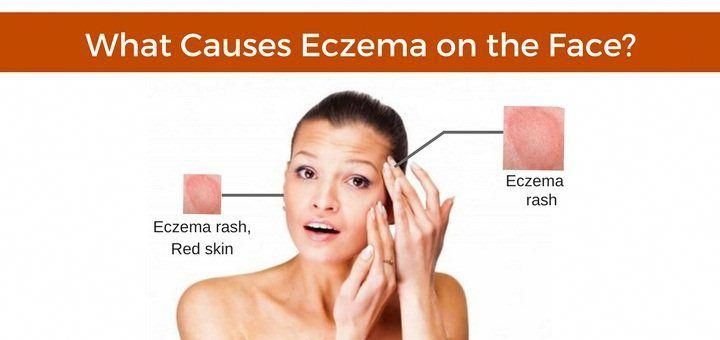 In many cases, your doctor may recommend an over-the-counter (OTC) medicine you can get at the drugstore. If the ringworm is on your skin, an OTC antifungal cream, lotion, or powder may work just fine. Some of the most popular ones are clotrimazole (Lotrimin, Mycelex) and miconazole.
In many cases, your doctor may recommend an over-the-counter (OTC) medicine you can get at the drugstore. If the ringworm is on your skin, an OTC antifungal cream, lotion, or powder may work just fine. Some of the most popular ones are clotrimazole (Lotrimin, Mycelex) and miconazole.
In most cases, you’ll have to use the medicines on your skin for 2 to 4 weeks to make sure you kill the fungus that causes ringworm. It also will lower its chance of coming back.
If you have ringworm on your scalp or in many different places on your body, OTC treatments probably won’t be enough. Your doctor will have to write you a prescription.
Keep an eye out for symptoms that get worse or don’t clear up after 2 weeks. If they don’t, call your doctor.
The fungi that cause it are everywhere. Still, here are some things you can do to lower your chances of getting ringworm or stop it from spreading:
- Keep your skin clean and dry.
- Wear flip-flops in locker rooms and public showers.

- Change your socks and underwear at least once each day.
- Don’t share clothes or towels with someone who has ringworm.
- If you play sports, keep your gear and uniform clean — and don’t share them with other players.
- Wash your hands with soap and water after playing with pets. If your pets have ringworm, see your vet.
Top Picks
symptoms, treatment – health articles
11/10/2022
Worms are worms that lead a parasitic way of life in the body of their host – a man. Age doesn’t matter. Both adults and children are equally susceptible to infection. The classification of helminthiases is very extensive, especially in countries with a hot climate.
Age doesn’t matter. Both adults and children are equally susceptible to infection. The classification of helminthiases is very extensive, especially in countries with a hot climate.
There are 3 classes of parasitic worms:
- round (nematodes) – pinworms, roundworms;
- tapeworms (cestodes) – pork tapeworm, bovine tapeworm, echinococcus;
- flatworms, flukes (trematodes).
The most common worms in children are pinworms causing enterobiasis . These are helminths of small size, on average up to 1 cm, white-gray in color with a curved body. The place of localization of these parasites is the large intestine, but they can also penetrate into the lower sections of the small intestine. Reproduction of pinworms occurs on the skin near the anus. At night, female pinworms get out to debug eggs in the folds of the skin, often penetrating the labia in girls, which ends with infectious diseases of the genitals.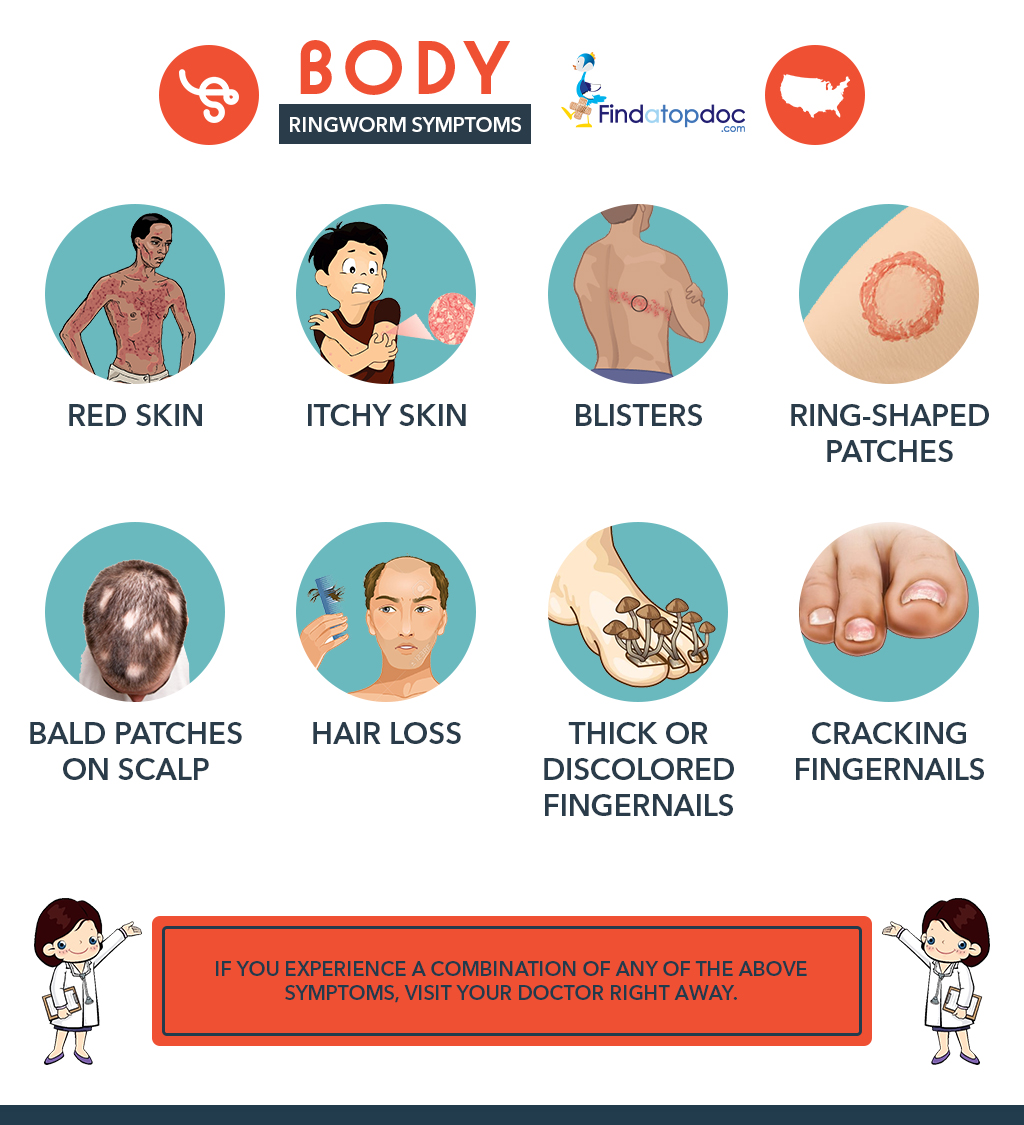 In total, these helminths live for about 1-1.5 months. The process of self-infection in a child can lead to the fact that the malaise will continue for many years. Parasites can be detected with the naked eye in the stool.
In total, these helminths live for about 1-1.5 months. The process of self-infection in a child can lead to the fact that the malaise will continue for many years. Parasites can be detected with the naked eye in the stool.
Another type of worm most commonly found in children is roundworm . Characteristic species, reaching a length of 15 cm, these nematodes settle in the lumen of the loops of the small intestine, advancing towards the moving food bolus. In the feces, roundworms are very rare. Females periodically release eggs, which can be found in the analysis of feces. But if they were not found during the study, this does not mean that the child is not infected. The life cycle of roundworm can last several years.
Reasons
The curiosity of the baby is realized by his fingers, the child, learning the world, actively touches everything that comes to his hand and immediately pulls it into his mouth, tasting it for strength and taste. Thus, pinworm eggs safely enter the digestive tract of their future little host.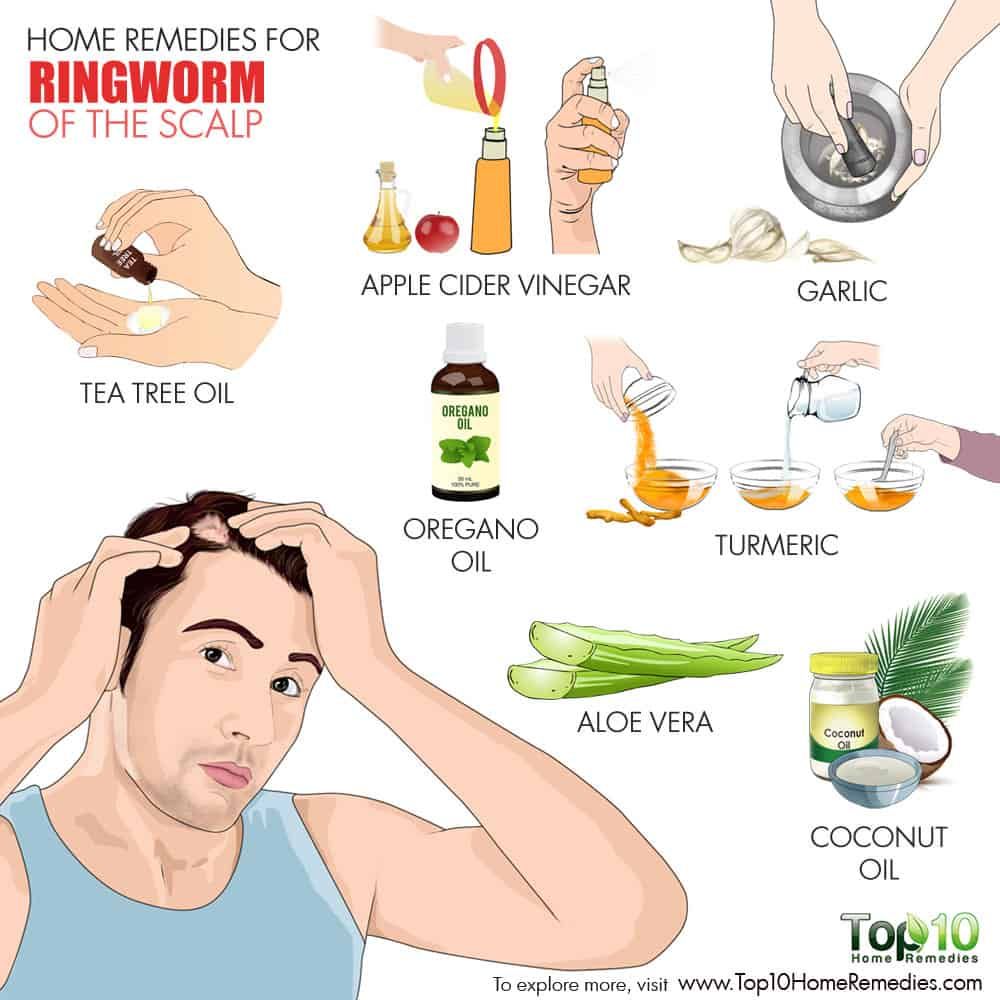
A child becomes infected with worm eggs from the surface of unwashed fruits when drinking contaminated water. Very often, infection occurs when communicating with animals, or when playing in the ground, a sandbox, where cats and dogs like to solve their physiological problems. After a walk, children often do not wash their hands, and all the dirt, along with parasitic eggs, gets into their mouths.
Symptoms of worming
How to understand that a child has worms? If the child was infected with a large number of eggs of parasitic worms, then after a few days a sharp deterioration in the condition may occur. In milder cases, the first symptoms of invasion appear after a few weeks or even months. Much depends on immunity. It can quite cope with parasites and restrain their development. But gradually the defenses are reduced, and the helminths infect the body, causing serious problems.
The first signs of worms are symptoms of poisoning (intoxication). The vital activity of worms is accompanied by the release of a large number of animal toxins that can poison the child’s body.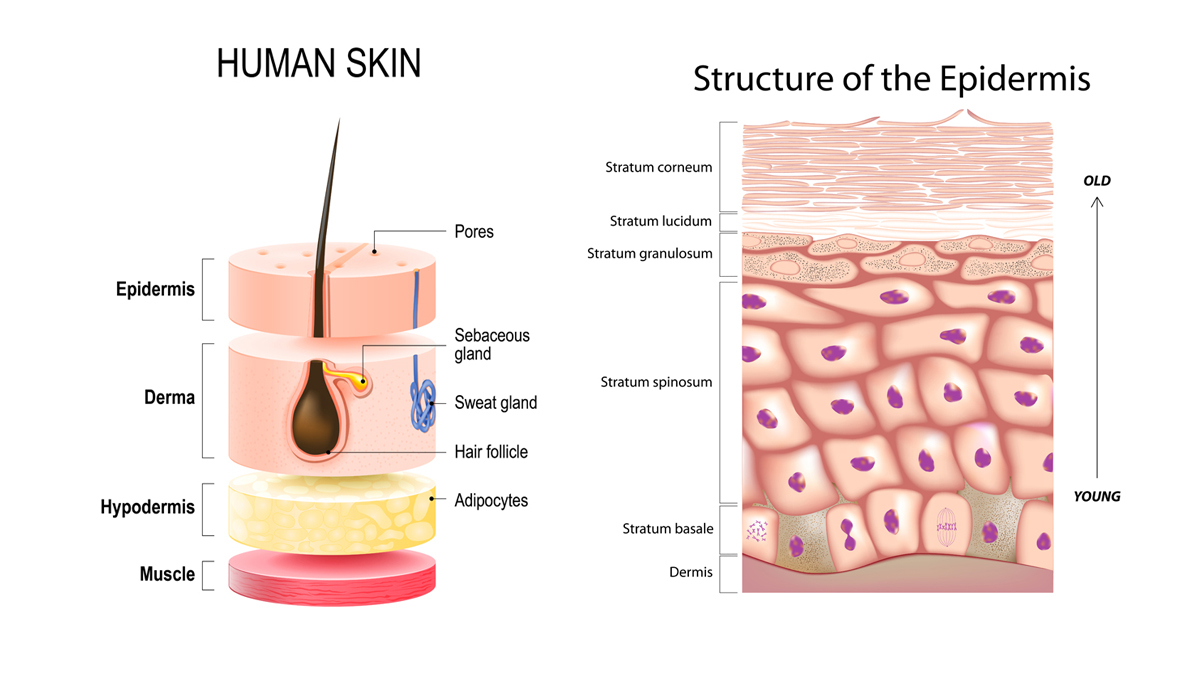 In the intestines, parasitic worms use nutrients, as a result of which the baby gradually becomes deficient in proteins, carbohydrates, fats and vitamins.
In the intestines, parasitic worms use nutrients, as a result of which the baby gradually becomes deficient in proteins, carbohydrates, fats and vitamins.
The child develops:
- emaciation,
- pale skin,
- weakness, frequent dizziness,
- rise in body temperature, headache,
- bad dream,
- tearfulness,
- depressed mood.
Intestinal ailments are manifested – constipation, loose stools, rumbling and pain in the abdomen, bouts of nausea and vomiting, pain in different parts of the abdomen, bloating. The disease may be accompanied by allergic conditions: itching, rashes, cough, inflammation of the mucous membranes of the respiratory tract. Weakened immunity leads to the addition of infectious diseases.
Diagnosis and treatment of helminthiasis
Diagnosis of helminthiases by feces is quite difficult. This is due to the fact that ascaris or pinworm eggs do not appear in the feces every day, and the technique of microscopy of smears from the analysis requires great care. To increase reliability, it is desirable to take a stool test for worm eggs for at least 3 days in a row.
To increase reliability, it is desirable to take a stool test for worm eggs for at least 3 days in a row.
In cases of increased risk of infection with worms (contact with animals, the child’s playing on the ground or in open sandboxes, the child’s habit of taking things in his mouth, biting his nails or licking his fingers, etc.), it is advisable to undergo an in-depth examination, which includes, in addition to a threefold analysis of feces special blood tests that detect antibodies to helminths.
In the presence of allergic manifestations of unknown origin, an increase in the number of eosinophils in the blood test, persistent intestinal dysbacteriosis, it is advisable to donate blood for the determination of class E immunoglobulins (Ig E and G) to ascaris and other helminths. You can check for worms in pets.
By evaluating the totality of circumstantial evidence and history, the doctor may recommend antihelminthic therapy without direct evidence of the presence of worms in the child, if other pathologies that cause similar clinical manifestations are excluded.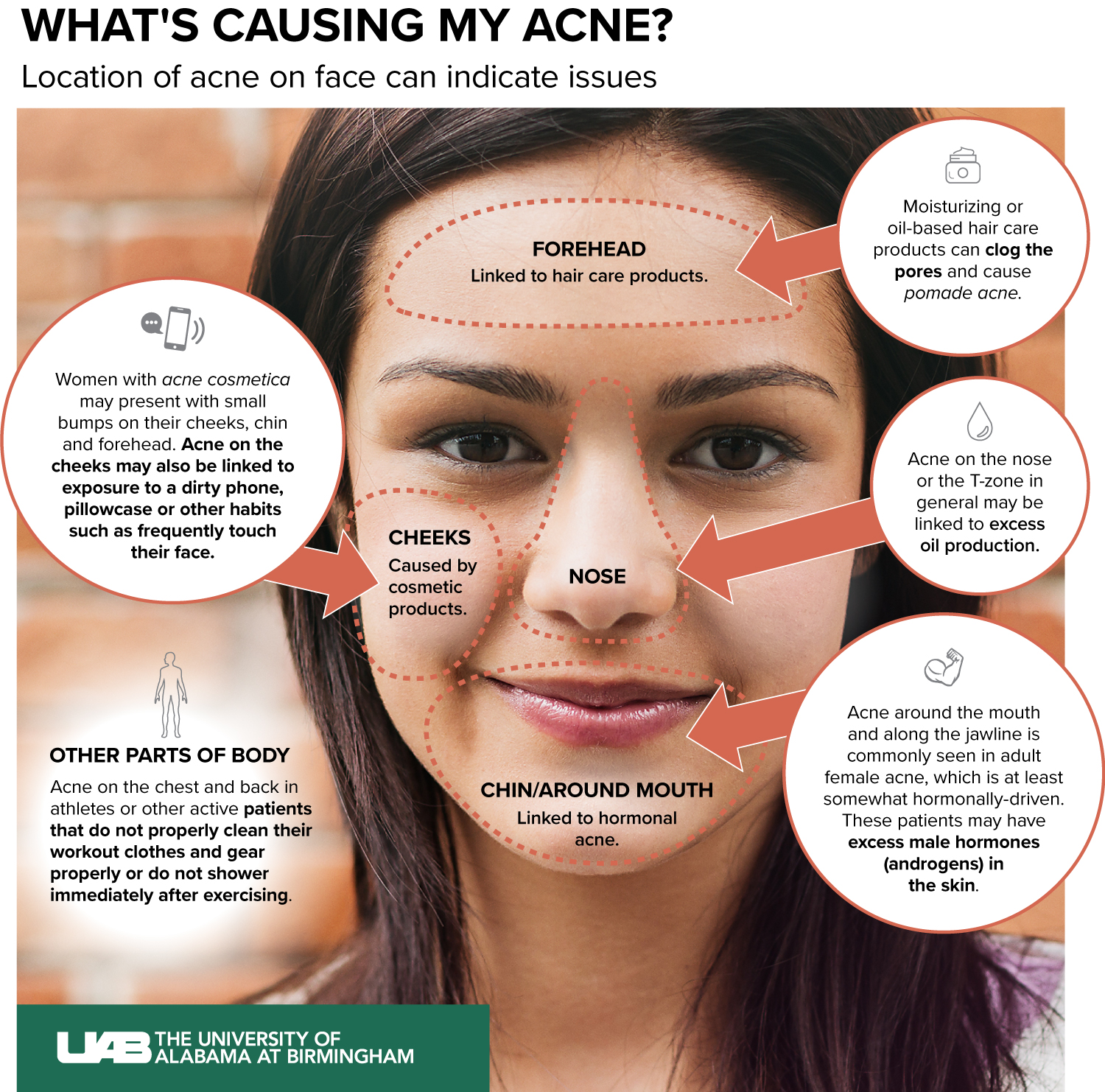
If worms are found in a child or in one of the family members, it is necessary, if possible, to treat all family members in order to avoid the formation of a focus of infection of each other with helminth eggs. In this situation, in addition, it is necessary to strengthen hygiene measures, in particular, boil and iron bed and personal linen on both sides.
If you find symptoms of infection with parasites, consult a doctor and undergo a diagnosis at the MEDSI-ProMedicina clinic in Ufa
Symptoms of worms and methods of their treatment – blog of the medical center ON Clinic
Worms (helminths) are parasitic worms that affect the internal organs (intestines, liver, brain, lungs) of a person.
Worm infestations lead to dysfunction of the gastrointestinal tract, nervous system and skin lesions.
How are worms transmitted?
Worms are transmitted by the fecal-oral route. A person can become infected through contact with animals or people who excrete helminth eggs in feces.:max_bytes(150000):strip_icc()/throatpainfinal-01-5c3ba1dd46e0fb0001061529.png) You can become infected with parasitic worms when using someone else’s personal hygiene products, toys, bed linen or dishes, as well as when washing a cat’s litter box without gloves.
You can become infected with parasitic worms when using someone else’s personal hygiene products, toys, bed linen or dishes, as well as when washing a cat’s litter box without gloves.
Helminths can enter the human body while walking barefoot on contaminated soil. Parasitosis (helminthic diseases) also develop after drinking contaminated water or infected food: worms can be found in fish, meat (beef, pork), as well as fruits and vegetables.
Symptoms of worms
Signs of worms in humans are constant fatigue, weakness and muscle pain (myalgia).
Worm type | Symptoms | Modes of infection | Complications 9 0003 |
Ascaris | Abdominal pain, nausea, vomiting, allergic reactions | Contaminated food , non-sterile instruments | Intestinal obstruction, intestinal perforation |
Flatworm | Redness and itching of the anus, diarrhea, nausea, vomiting | Contaminated food, dirty hands | |
Pinworm | Itching and burning around anus, sleep disturbance | Contaminated food, dirty hands | Anal fissures, appendicitis |
Trichinella | Muscle pain, swelling, fever | Raw or undercooked meat IT, paralysis | |
Opisthorchia | Pain in the right hypochondrium , nausea, vomiting, diarrhea, jaundice | Eating raw or undercooked fish, contact with contaminated water | Pancreatitis, jaundice, liver cancer |
Echinococcus | Abdominal pain, nausea, vomiting, jaundice, itching, allergic reactions | Eating food contaminated with worm eggs, contact with infected animals | Cysts in the liver, lungs, brain and other organs |
Toxocara | Weakness, fever, cough, abdominal pain, anemia | Contact with infected animals contaminated with worm eggs, eating contaminated food | Visual impairment, paralysis, impaired lung and heart function a, vomiting, constipation, or diarrhea.
With the localization of worms in the lungs, dry cough, shortness of breath and bronchospasm appear. Worms in the liver are manifested by pain in the right hypochondrium, itching of the skin and nausea. What do worms look like?The color, size and shape of helminths depend on their type. The most common types of worms are:
Among the worms, pinworms are also isolated – small (males up to 5 mm long, females up to 13 mm) grayish-white worms that affect the intestines and cause severe itching of the anal area. In order to establish the type of helminth, it is necessary to pass an analysis of feces for eggs of worms. 1/5 roundworm 2/5 whipworm 3/5 opisthorchia 4/5 echinococcus 5/5 tapeworm skin due to wormsSkin syndrome with worms is characterized by itchy rashes in the form of red spots. A rash on the skin from worms occurs on the trunk, upper and lower extremities. With parasitosis, acne, acne and dry skin can also appear. White spots on the face cannot appear from worms and are a symptom of various skin diseases: lichen, vitiligo, hyperkeratosis. Worms in adults Worms in an adult are manifested by headache, apathy and insomnia. With parasitosis, heartburn, nausea and vomiting also appear. Symptoms of worms in women can be burning and redness in the genital area. Worms in childrenWith parasitosis, the child becomes restless, irritable and whiny, and also complains of nausea and pain in the navel. Other symptoms of worms in children:
In girls, worms can cause itching of the external genitalia. A doctor can identify worms in children and prescribe the correct scheme for their removal after a complete examination. What tests should be done for worms?For the diagnosis of parasitosis, the infectologist collects an anamnesis, conducts an examination and sends for blood and stool tests, scraping (smear) of the anal area. If necessary, an ultrasound examination (ultrasound) of the abdominal organs is performed. How to get rid of worms? In order to get rid of worms, the doctor prescribes antiparasitic drugs. The use of drugs against worms without prior consultation with a doctor, as well as alternative methods of treatment of parasitosis, for example, the use of pumpkin seeds from worms, can lead to the progression of pathology and the development of complications. When signs of infection with helminths appear, it is necessary to make an appointment with an infectious disease specialist. Prevention of wormsPrevention of worms consists in observing the rules of personal hygiene, timely deworming of pets. It is necessary to thoroughly wash vegetables and fruits before eating, thermally process meat and fish. Infectology at ON Clinic Uzhgorod |

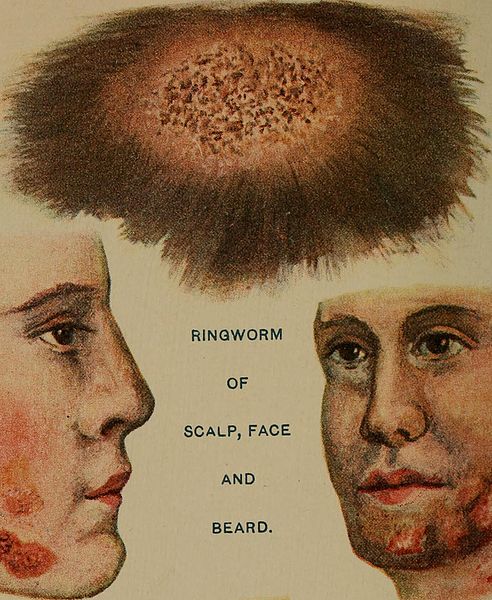
 Other symptoms of worms:
Other symptoms of worms:
 Complications of helminthic invasion are anemia, hypovitaminosis and intestinal obstruction.
Complications of helminthic invasion are anemia, hypovitaminosis and intestinal obstruction.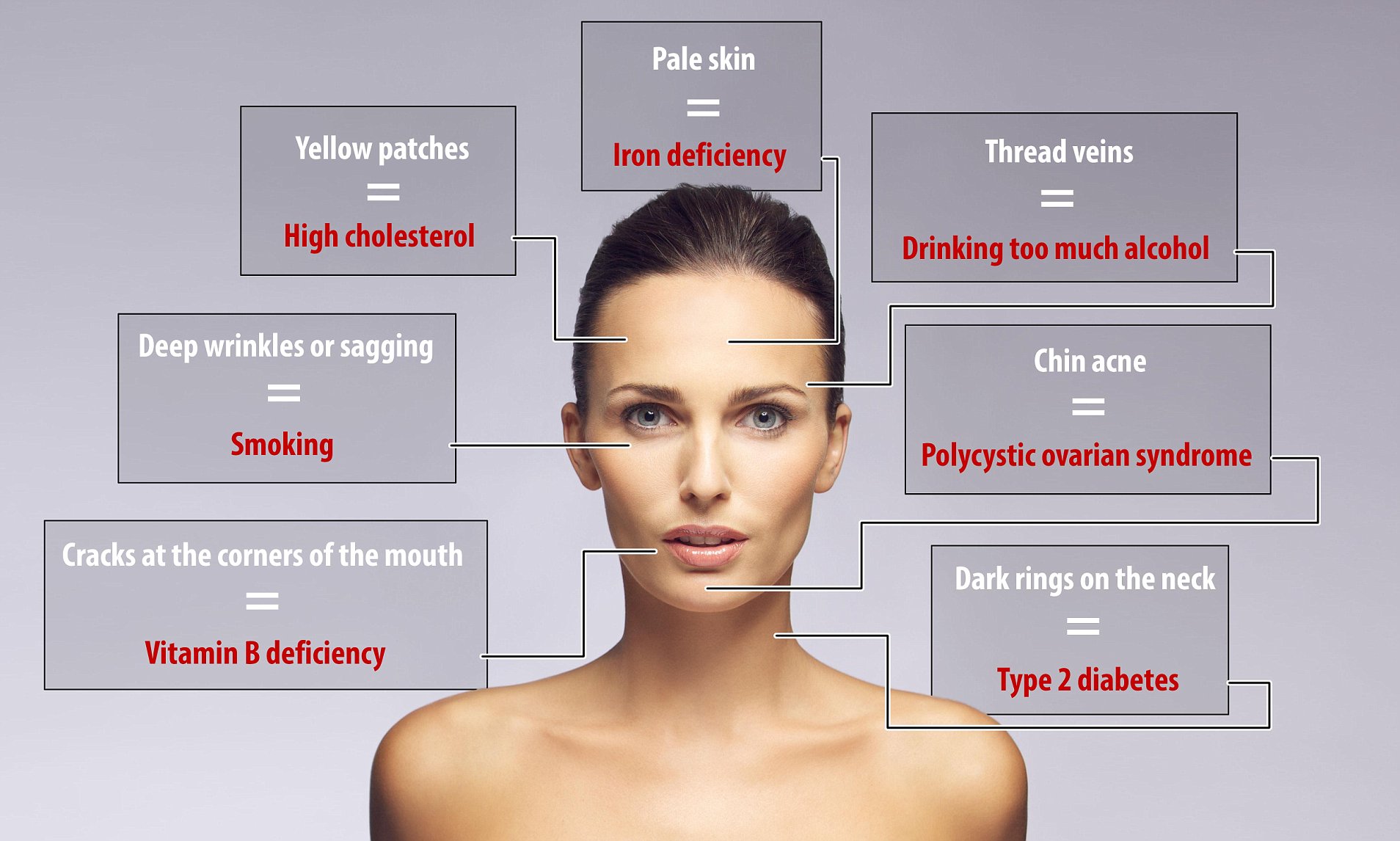 The duration and frequency of taking drugs depends on the type of parasite; if the treatment regimen is violated, its effectiveness decreases. The infectologist can also prescribe vitamins, enterosorbents and drugs that normalize the functioning of the organs of the gastrointestinal tract.
The duration and frequency of taking drugs depends on the type of parasite; if the treatment regimen is violated, its effectiveness decreases. The infectologist can also prescribe vitamins, enterosorbents and drugs that normalize the functioning of the organs of the gastrointestinal tract. Pestelya, 4
Pestelya, 4:max_bytes(150000):strip_icc()/stages-of-a-cold-sore-outbreak-4173005-5c1a8ad0c9e77c0001e31b0e.png)